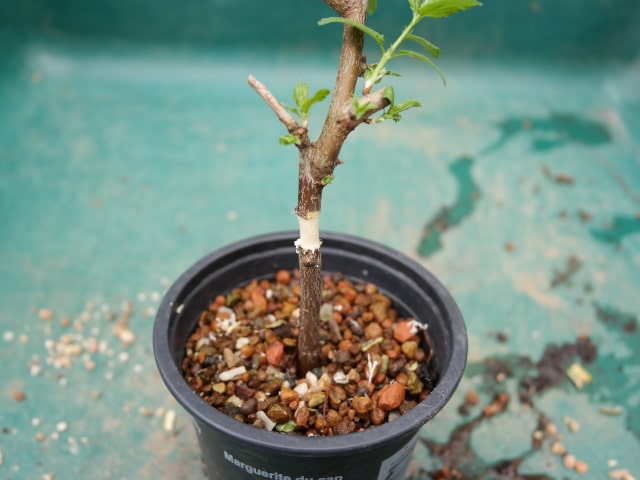
Air layering is one of the oldest methods of propagating plants. It's certainly not the fastest one, but it brings certain advantages. Above all, it allows you to start with a much larger plant. The best plants for air layering are tropicals such as Ficus, Dracaena, hibiscus, croton and other similar plants.
About Air Layering
When plant propagation is mentioned, most people think of plant cuttings. Cuttings can easily be rooted in the ground or some other media. However, air layering is different. This form of plant propagating is done above ground. It's done while the propagule (a tuber, bud, root or shoot) is still attached to the parent plant.
This method may sound strange or very unusual, but it's actually a very old type of propagation. This method has been used for centuries. It's not really common because growing a new cutting takes a lot of time.
Generally speaking, the best time to perform air layering is during early spring, and should be done on the past year's growth. In most of the cases, the cuttings will be ready by fall, though some will take two growing seasons to root.
This technique is very rewarding, but it requires a lot of patience. It's particularly great for hard to root plants and it produces excellent results. The best thing? It's not difficult to perform it. With a bit of patience and careful handling, it's relatively easy to perform air layering.
Instructions
Here are the most essential things you'll need if you wish to perform air layering:
- Sphagnum moss (alternatively, potting soil in a pinch)
- A sharp knife
- 2 rubber bands (cut in half)
- Plastic wrap (you can find it in your kitchen)
- Aluminum foil
- (Optional) Rooting hormone
Prepare these materials and you are ready to start air layering. Follow these instructions to perform it with the best results:
- Select a branch you want to propagate from. Measure about 12 inches from the tip of the branch. Using a sharp knife, make two parallel cuts 1 1/2 inches apart. Make sure not to cut through the branch. Cut it deeply enough so the outside bark peels off.
- In case you wish to use rooting hormone, now is a good time to do it. Pour a little of the hormone to the wound you have created by the knife in the previous step. The hormone will speed up the rooting process.
- Wrap the wound using moist sphagnum moss (or potting soil if that's what you have decided to use). Cover the wound with plastic wrap. This will create an airtight pouch. Make sure to do this carefully. This is actually the hardest step. It's important to prevent the moss rom falling off the limb as you try to position the plastic wrap around it. One tip to make it easier: place the moss (or potting soil) in the plastic wrap first, then wrap them both around the wound at the same time.
- Take the rubber bands and tie them around the ends of the plastic wrap. This step should leave you with a ball of moss wrapped in a plastic wrap around the wound.
- Use aluminum foil to cover the plastic wrap. The foil will protect the wound from sunlight. It will prevent the sunlight from destroying the rooting hormone. It will also reflect the sunlight so it will prevent rooting area from overheating.
- Wait. This step can last for a long time. It's important to wait until a cutting is fully rooted. During the waiting period, it's best to check periodically by removing the aluminum foil. You will know that the plant is ready when you see the roots growing to the edge of the plastic.
- Once the cutting is fully rooted you should move to the next step: planting a baby plant. First, you should cut the baby plant off of the mother plant. Cut below the place where your pouch was located.
- After you have cut the baby plant, it's important to plant it carefully in a pot. Use an appropriate potting mix. Alternatively, you may plant it outside, in a good spot suitable for this particular species and variety. Make sure that the plant receives particular sun and drainage requirements.
This is how you'll get a new plant. Once you have planted it, don't forget to maintain it. Newly rooted plants need extra care. They should receive less sun exposure during their initial growing. Therefore, it's important to provide some shade for the new plants. Also, don't forget to water your little plant. Make sure it's well-watered but also well-drained. Fertilizer is ok to use, but it's important to use a very small amount.
This method is a good way to get a new plant and can be used for many different species. Air layering is easy to do and highly effective, so it's a great propagating method to use for your plants.
Photo credit: Jerry Norbury
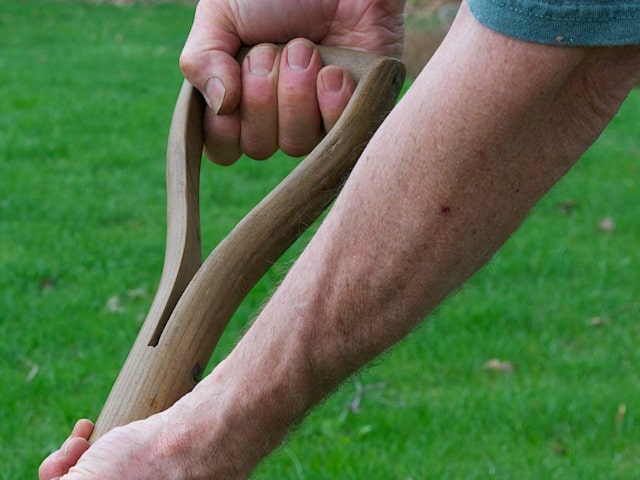
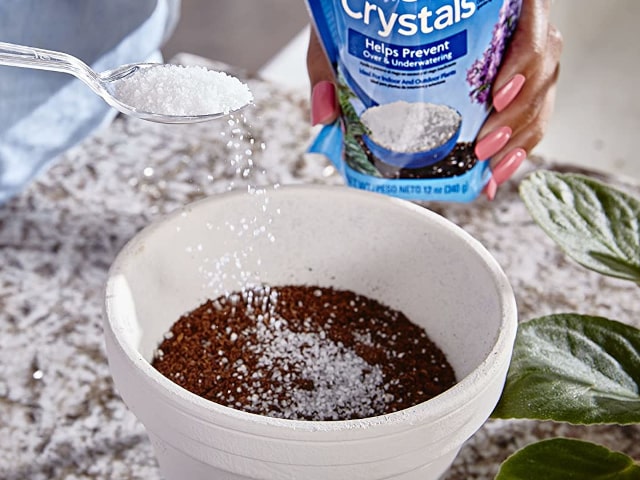
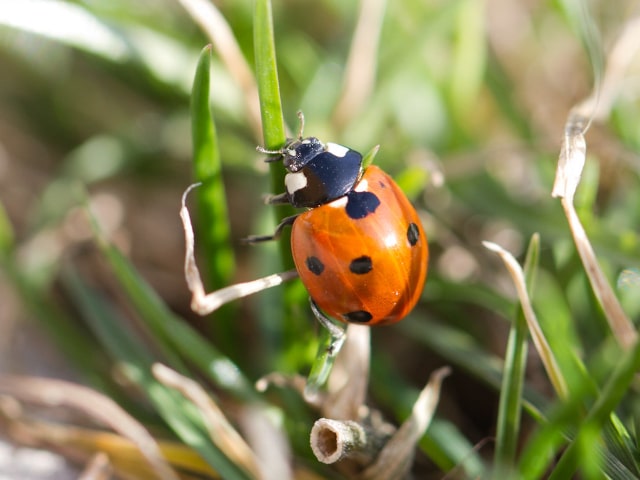
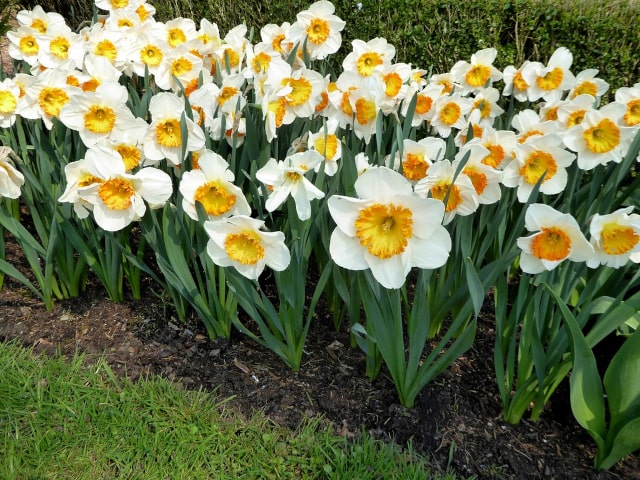
0 Comments